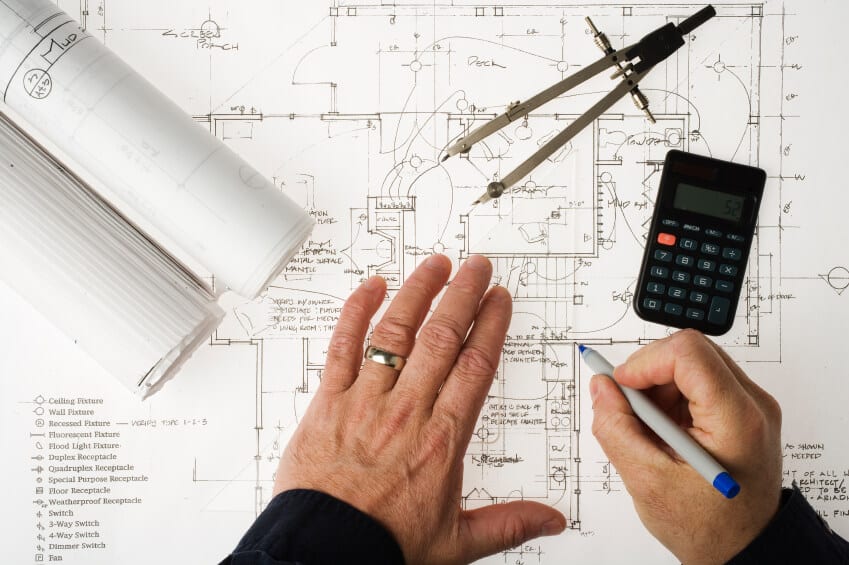A close relationship between the architect and builder during the design of a building can often solve future problems before they arise. The same applies during the construction phase too. But what liability does a builder face for failures in the design of a construction project?
There are varying opinions on this. On the one hand, some insurers say that if a builder wasn’t involved in creating the design then they have no liability for errors in it. This is cited as a reason for builders not requiring professional indemnity insurance to cover their liability for errors & omissions in design.
On the other hand, rulings handed down by the Weathertight Homes Tribunal indicate that a builder may in some cases be expected to know if a particular design detail isn’t going to work. They have a duty to not simply build a defective design as specified but to ensure it is corrected.
Often plans do not provide the level of detail required to implement design details on site, so builders are responsible for filling in the blanks or finding and following the appropriate manufacturer’s installation guide.
Most good practitioners will ensure that variations to the design, or required details, are signed off in writing by the architect prior to doing the work. However, this is not necessarily always possible and there can be unforeseen issues or defects in the design that aren’t evident during construction. So, what happens then?
There is no limitation to who can be dragged into a legal action. As we saw through the leaky homes crisis even a labour-only builder can be joined to a case by a plaintiff seeking compensation. It is quite possible, even likely, that the main contractor on a building project with design issues is going to be caught up in the resulting legal dispute. Depending on their level of responsibility the cost could range from legal fees to a substantial share of the damages awarded.
What Can A Builder Do?
- Clear contractual terms in relation to design will assist in deflecting liability to where it properly sits.
- Ensuring all design details and variations are signed off in writing by the architect.
- Don’t assume, check specifications and the latest manufacturer installation guides.
- Make sure your workers and subbies are properly trained on the correct process for making changes and following the correct specifications.
Is Insurance Available?
A typical public/general liability policy will exclude defective “design, plan or specification”. However, if physical damage results from the defective design then this resultant damage is covered.
Builders who have responsibility for design may want to take out professional indemnity insurance. This is available and appropriate for design & build businesses as well as other builders who have liability for mistakes in design.
In a Nutshell
It is wishful thinking that builders won’t be caught up in a dispute if there is a problem with the design of a project. Working closely with the architect and ensuring they sign off any changes; good training and processes and, in the right circumstances, having professional indemnity insurance can mitigate the risk to builders if something goes wrong.
The information presented in this article is general in nature and not intended to be advice for individual situations. You should speak to an expert about your specific circumstances and needs.



